#galilean moons
Text

Blood-red Scars & Veins on Europa ©
#europa#jupiter#planet#astrophotography#nasa#space#solar system#galaxy#astronomy#universe#stars#night sky#cosmos#galilean moons#galileo spacecraft
703 notes
·
View notes
Text
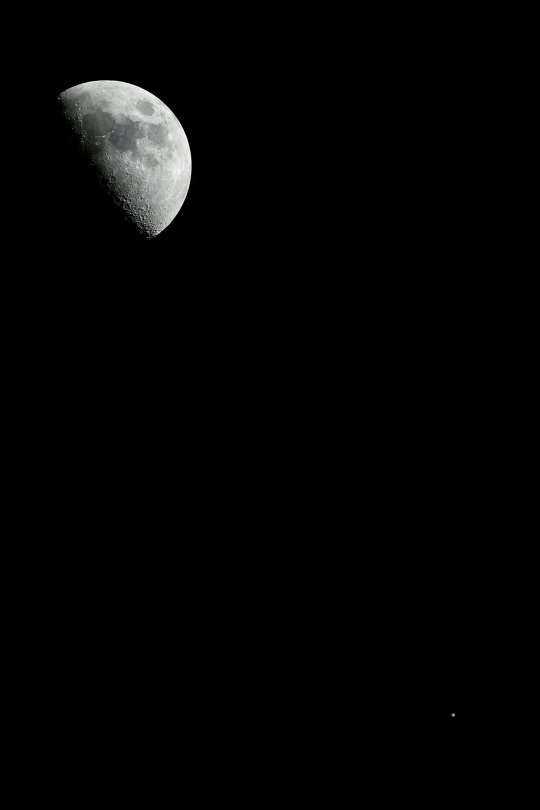

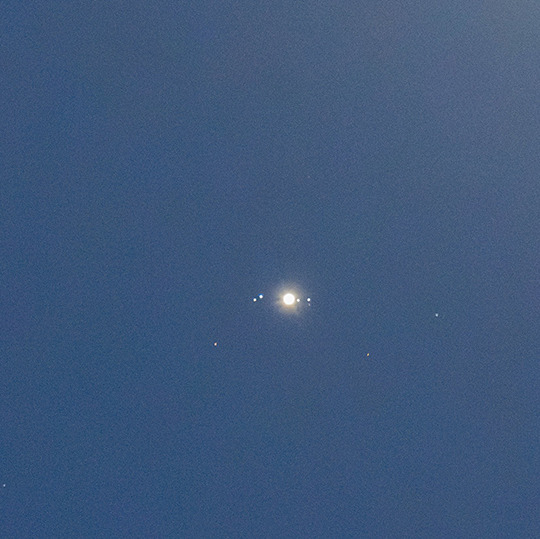

Moon with Jupiter & Galilean Moons l 18012024
l ismiseleenie, Ireland l Natalie Doig, UK l Betul Tursoy, Türkiye
#moon#galilean moons#jupiter#space#astrophotography#astronomy#nasa#universe#solar system#night#stars#sky#galaxy#planets
908 notes
·
View notes
Text

Jupiter, Io, and Ganymede on September 29, 2023 // Makrem Larnaout
#astronomy#astrophotography#solar system#planet#gas giant#jupiter#great red spot#moon#jupiter's moons#jovian moons#galilean moons#io#ganymede#gif
835 notes
·
View notes
Text
saturn and jupiter from tonight - jupiter is currently the closest it’s been to earth since 1963!
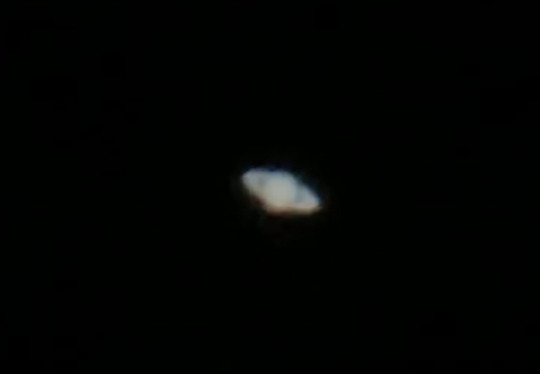



#aspaceinthecosmos#my photos#space#astronomy#outer space#jupiter#moons#saturn#astrophotography#galilean moons
880 notes
·
View notes
Text

Me and my homies on our way to watch the fnaf movie
#funfact I have not watched the movie yet </3#solarballs fanart#solarballs europa#solarballs io#solarballa callisto#solarballs ganymede#solarballs#galilean moons#planethumans#fanart#art
65 notes
·
View notes
Text
abwah!!

I've been leaning into Y2K stylings a bit more recently, so I wanted to experiment with some design stuff. No lore for this one, just a noise I make sometimes :]
[note: the galilean moons do not all orbit at the same distance from the planet jupiter]
#clean furry#furry art#sfw furry#anthro#original character#my oc#robot oc#oc: jupiter#fursona#dinosona#dromaeosaur#raptor#infomorph#space#galilean moons#y2k#cyber y2k#cybercore#y3k#small art blog#small artist
55 notes
·
View notes
Text
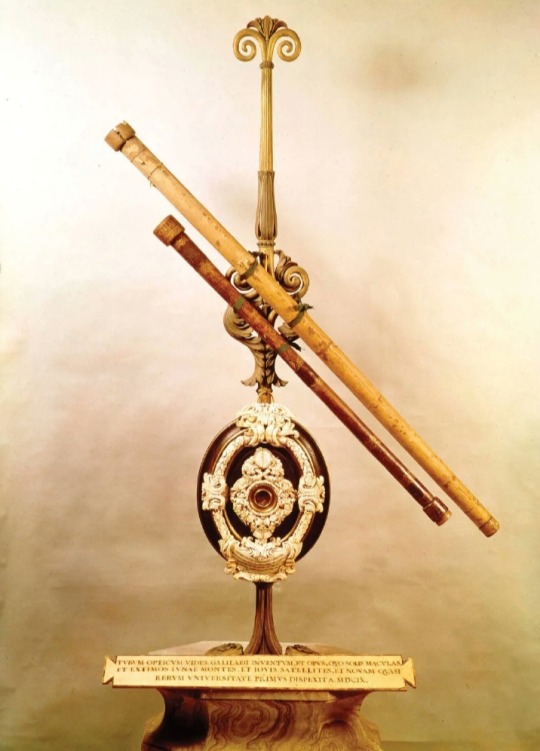
Galileo's first telescopes 🔭
Galileo's (1564-1642) early telescopes, which he constructed in the early 17th century (around 1609), marked a major advancement in observational astronomy.
These telescopes were based on the principles of existing Dutch telescopes, which had been developed by spectacle makers in the Netherlands.
These early telescopes, known as refracting telescopes, utilized a combination of lenses to gather and focus light, magnifying distant objects. Galileo further refined and improved their design.
The design of Galileo's telescopes typically consisted of a convex objective lens (the primary lens) and a concave eyepiece lens (the secondary lens).
The objective lens collected light from distant objects and converged it to a focal point, forming an image.
The eyepiece lens then magnified this image for the observer to see.
Galileo's telescopes had relatively low magnification power compared to modern telescopes, but they enabled him to make groundbreaking observations.
With these instruments, he made a series of significant discoveries, including:
Observations of the Moon
Galileo observed the rugged, mountainous surface of the Moon, challenging the prevailing belief in its perfect smoothness.
He also noticed the presence of craters and other lunar features.
Sunspots
It revealed that the Sun was not a perfect sphere and that it rotated on its axis
Discovery of Jupiter's moons
He observed four of Jupiter's largest moons, now known as the Galilean moons.
Their discovery provided evidence that not all celestial bodies orbited the Earth, challenging the geocentric model of the universe.
Phases of Venus
Galileo observed the phases of Venus, which he interpreted as evidence for the heliocentric model of the solar system proposed by Copernicus.
This observation suggested that Venus orbits the Sun and not the Earth.
Observation of Saturn
Galileo observed Saturn and its rings, although he was not able to discern the true nature of the rings due to limitations in his telescope's resolving power.
Galileo's telescopes revolutionized astronomy by providing concrete evidence that supported the Copernican heliocentric model of the solar system.
His observations and discoveries contributed to a profound shift in our understanding of the cosmos and laid the foundation for modern observational astronomy.
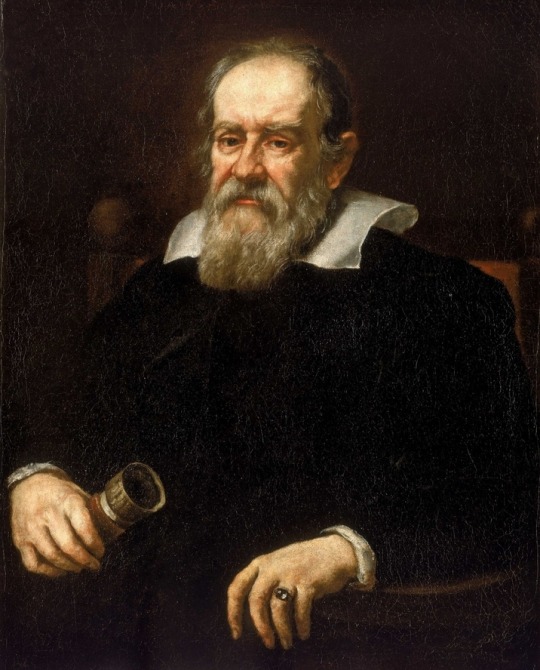
Galileo di Vincenzo Bonaiuti de' Galilei (15 February 1564 – 8 January 1642) was an Italian astronomer, physicist and engineer, sometimes described as a polymath.
He was born in the city of Pisa, then part of the Duchy of Florence.
Galileo has been called the "father of observational astronomy, modern-era classical physics, the scientific method, and modern science."
#Galileo di Vincenzo Bonaiuti de' Galilei#Galileo Galilei#telescopes#astronomy#observational astronomy#Galilean moons#refracting telescopes#moon#sunspots#Jupiter#Venus#Saturn#cosmos#planets#science#scientific discovery
64 notes
·
View notes
Text


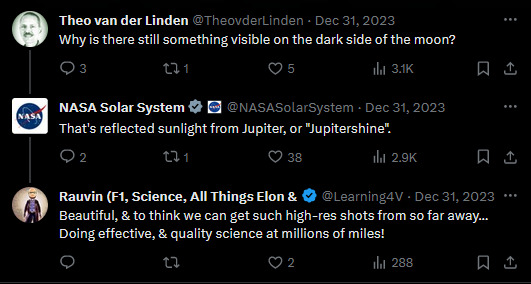
NASA Juno spacecraft reveals Jupiter's volcanic moon Io like never before in spectacular new images
During its 57th flyby of Jupiter, NASA's Juno spacecraft came closer to the planet's moon Io than any other mission has in the last two decades.
Passing within around 930 miles (1,500 kilometers) of Io, the most volcanic body in the solar system, on Saturday, Dec. 30, 2023, Juno was able to capture stunningly detailed images of the Jovian moon. The only time a spacecraft has come closer to Io was in 2001, when NASA's Galileo spacecraft passed 112 miles (181 kilometers) above Io's south pole.
22 notes
·
View notes
Text
NASA’s Juno spacecraft camera images processing
Learn more on the Mission Juno websites: https://www.missionjuno.swri.edu / https://science.nasa.gov/mission/juno
Credit : NASA / JPL-Caltech /SwRI / MSSS / Jackie Branc
#photography#elloon#juno spacecraft#junocam#jupiter#Io#ganymede#astronomy#nasa#nasa photos#missionjuno#nasa jpl#caltech#SwRI#MSSS#astrophotography#planet#space#galileo#galilean moons
14 notes
·
View notes
Text

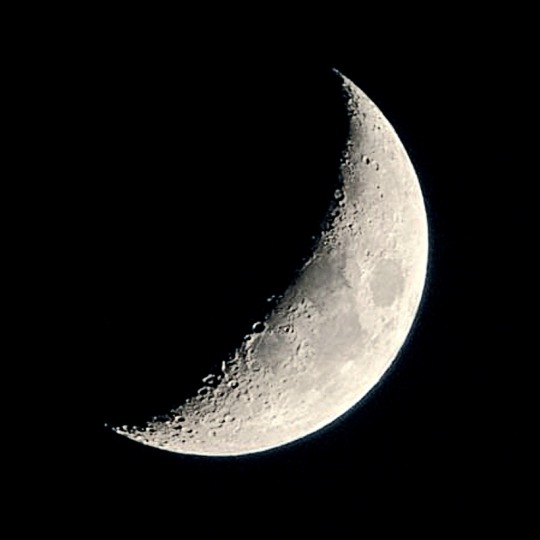
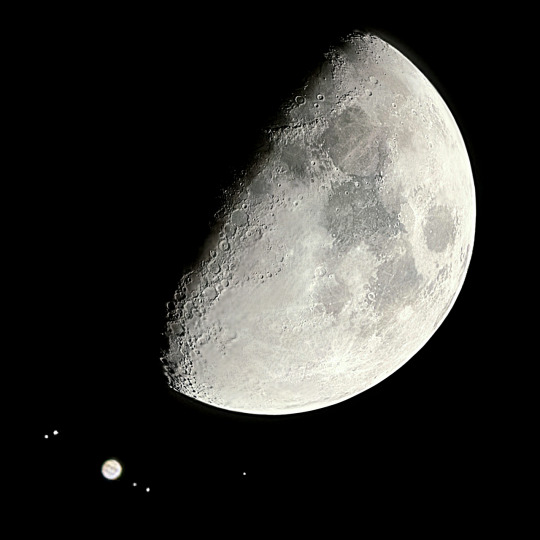

haven't used a camera in ages,, Moons and Jupiter 🌠
《16th // 18th January 2024》 ~ 4:32 – 6:05 PM
10 notes
·
View notes
Text



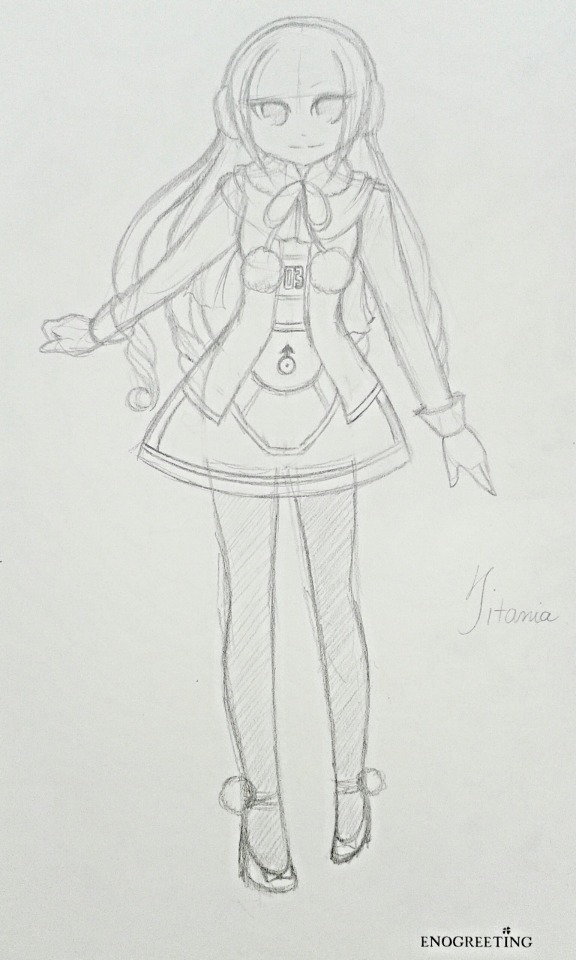

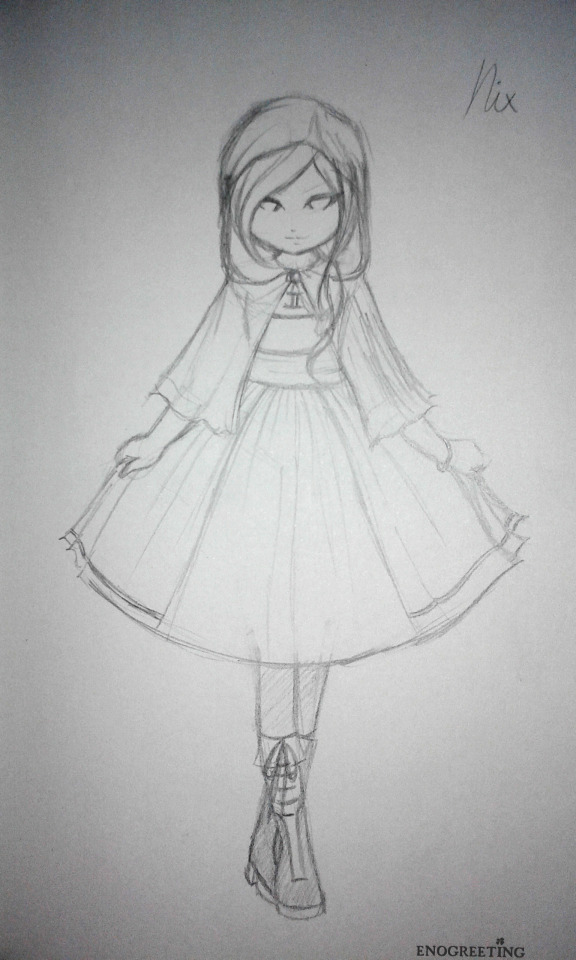
A trip down memory lane: some initial designs from 2014! They will be revived eventually.
Here are some designs that already got their revival!
#art#throwback#2014#solar system gijinka#space gijinka#space#gijinka#europa#mimas#nereid#titania#oberon#nix#moons#galilean moons#jovian moons#saturnian moons#uranian moons#neptunian moons#plutonian moons#my favourite aesthetic is still uranian out of all the planetary themes#it's just so easy to make designs out of them and they always look so soft#also yes my europa is... very very different from SB's haha. always has been
15 notes
·
View notes
Text
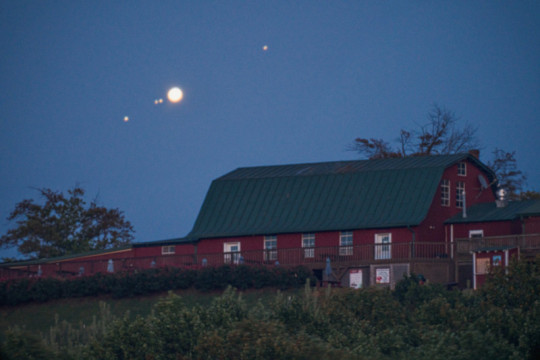
Jupiter and its moons rising above a barn
l Brennan Gilmore l Virginia, U.S. (Sept. 16) l from left, Ganymede, Europa, Io, and Callisto
#jupiter#solar system#planets#galaxy#nasa#astrophotography#space#sky#night#stars#universe#astronomy#galilean moons
1K notes
·
View notes
Text
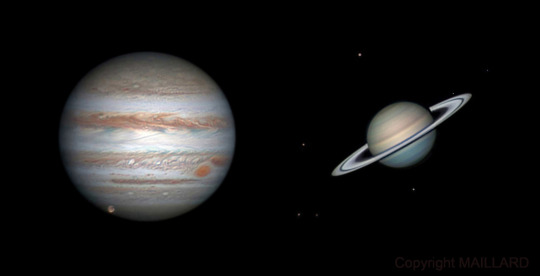
Jupiter and Saturn and a few of their moons // MAILLARD
Projected onto the disk of Jupiter is its largest moon, Ganymede.
Several moons surround Saturn. Counterclockwise from left to right: Tethys, Dione, a background star, Mimas, Enceladus, Titan, and Rhea.
#astronomy#astrophotography#solar system#planet#gas giant#jupiter#saturn#saturn's rings#moon#jupiter's moons#saturn's moons#galilean moons#saturnian moons#ganymede#tethys#dione#mimas#enceladus#titan#rhea
56 notes
·
View notes
Text
the european space agency (ESA) is launching its newest probe tomorrow!
the JUpiter ICy moons Explorer (JUICE) mission is a space probe designed to make detailed observations of jupiter, as well as its three largest, icy moons: europa, ganymede, and callisto (the other galilean moon, io, isn’t included as it isn’t an ice world, and has zero potential for life).
JUICE will be searching for signs of habitability on these moons, as well as gaining more information on the largest planet in our solar system.
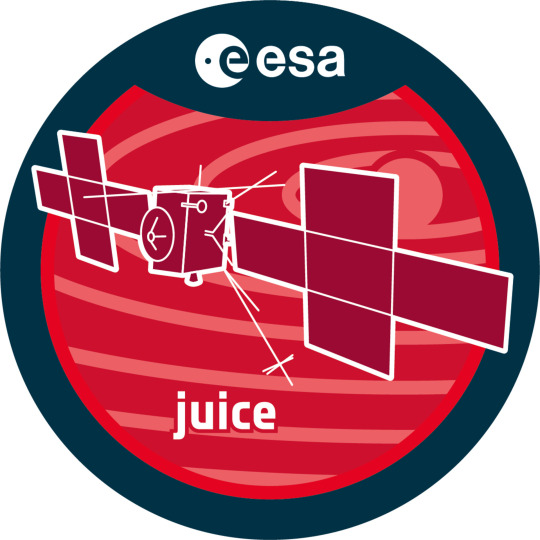
be sure to tune into ESAs youtube channel to watch the launch live at 1pm BST!
#just jupiter#aspaceinthecosmos#JUICE#jupiter icy moons explorer#esa#jupiter#europa#ganymede#callisto#galilean moons#space#outer space#astronomy#rockets#rocket launch
127 notes
·
View notes
Text
I decided to do some concepts of the Galilean moons in Gacha Life 2 and man am I proud of the results! + some size comparisons.

Europa - II
Io - I
Ganymede - III
Callisto - IV
( Also, these are concepts for if they were characters in Heliosphere: Under The Sky, a webcomic series by Meii_Jasmine!
Make sure to follow the official tumblr page! @heliosphere-underthesky )
Persona chart:
Europa: (They/Them) Also known as Jupiter II, they are very girly, but still are very loyal mages for Jove.
Io: (She/Her) Also known as Jupiter I, even if she's the most messed up from the Galilean moons, she's very kind and caring. [In her ginjika form: the volcanic eruptions in her surface are represented as hunger, so she's kinda ravenous XD)
Ganymede: (They/Them) Also known as Jupiter III, they always think they're on the top of the solar system, just because of their sizes.
Callisto: (She/Her) Also known as Jupiter IV, she's pretty much distracted, adventurous and curious more than objective, but she sure is the smartest of the Galilean Moons!
#gacha club#concert#character design#character concept#heliosphere: under the sky#callisto#europa#ganymede#io#galilean moons#jupiter I#jupiter II#jupiter III#jupiter IV
7 notes
·
View notes
Text

Photo I took of Jupiter, Io, Europa, Callisto, and Ganymede
4 notes
·
View notes